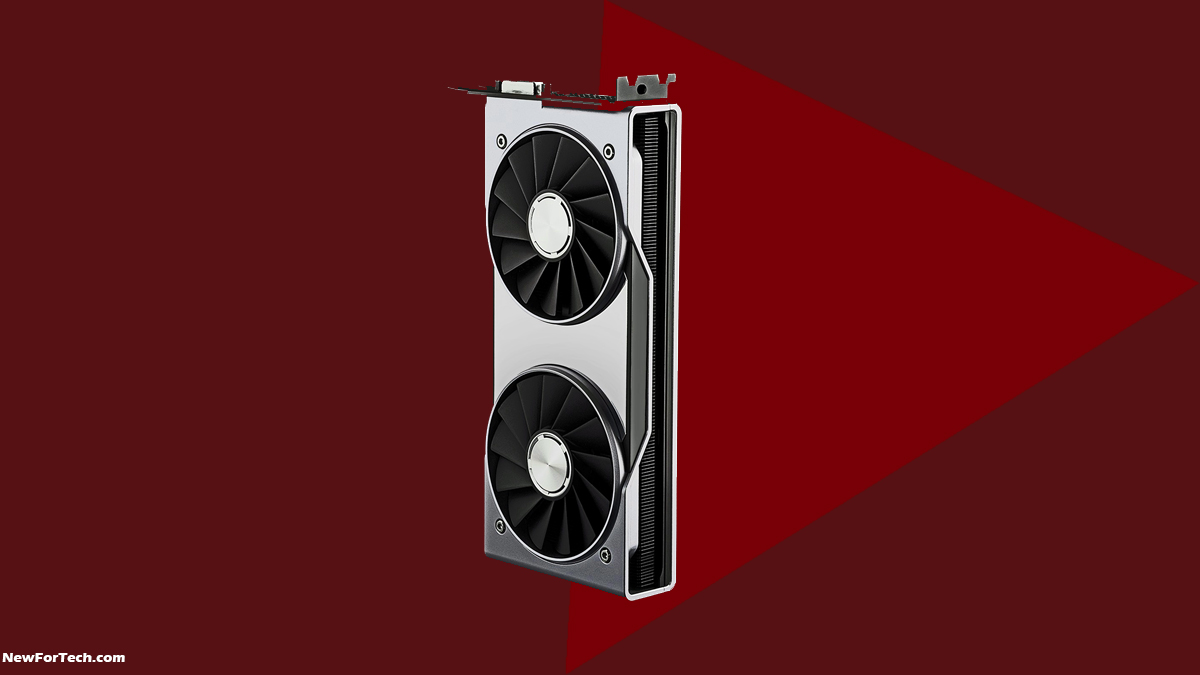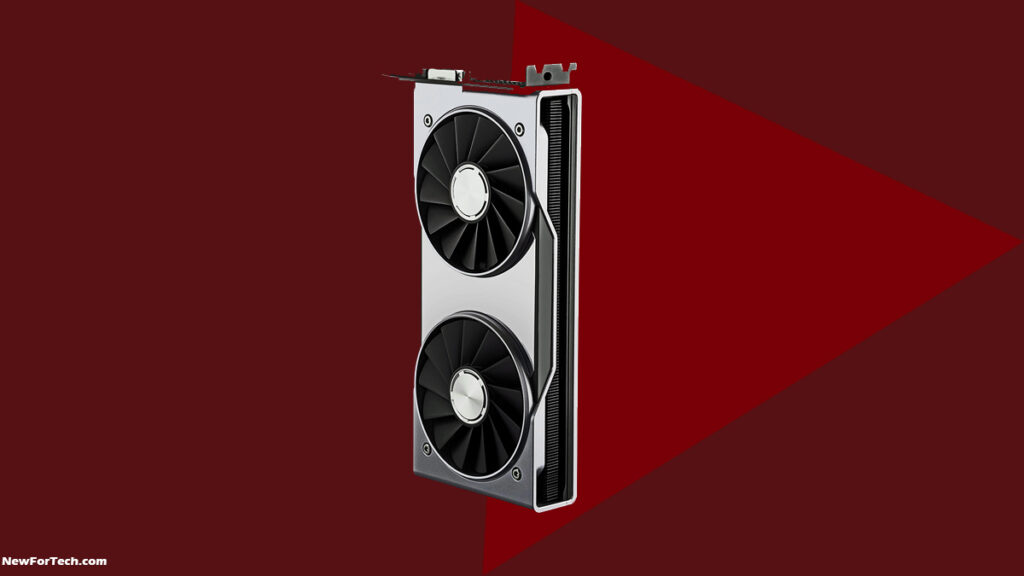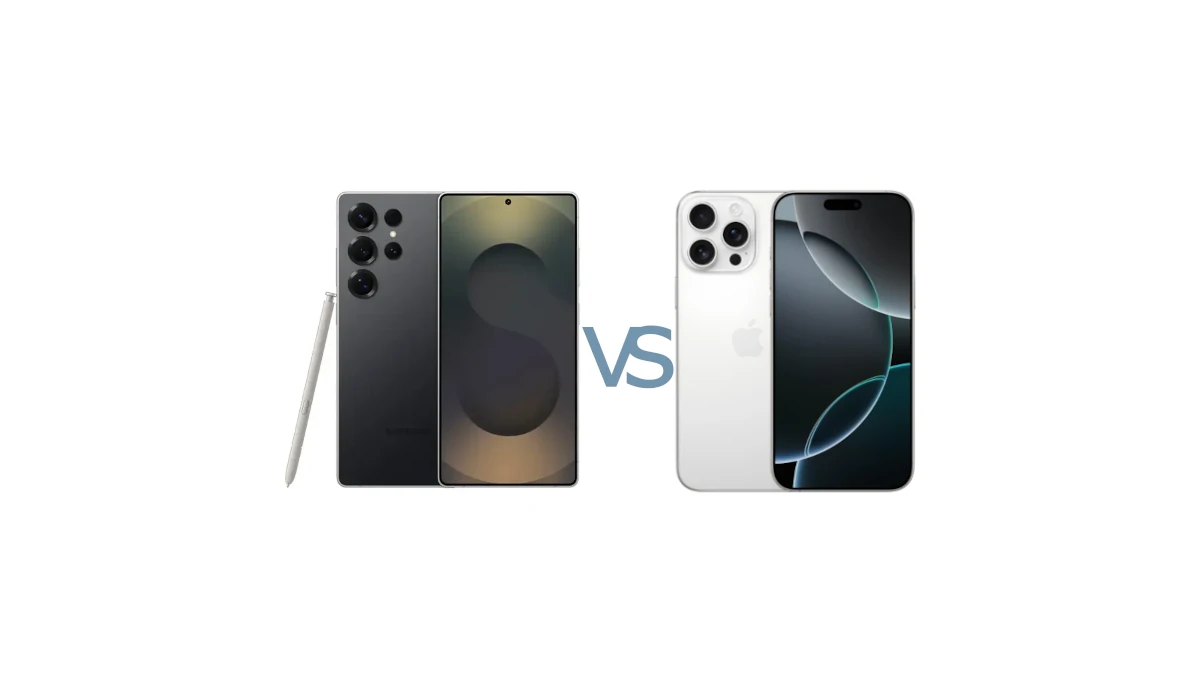Keep an eye on AMD‘s moves in 2024 if you’re eagerly anticipating Nvidia’s RTX 5090. The launch timing seems linked to AMD’s RDNA 4 GPUs’ competitiveness, as per insights from a recent video by the tech channel Moore’s Law is Dead.
According to an Nvidia source, the release of the RTX 5090 and the entire next-gen card lineup in 2024 depends heavily on how well AMD performs with its upcoming RDNA 4 GPUs. Nvidia’s new consumer architecture, based on the upcoming Nvidia Blackwell GPU architecture, is gearing up for a potential release in Q4 2024.
This release timeline hinges on factors such as the sales performance of the current RTX 40-series in 2024 (especially with the expected release of new RTX Super SKUs in January 2024) and the impact of AMD’s next-gen mid-range cards on Nvidia’s year-end sales.
Despite AMD‘s focus on the mid-range segment, a successful RDNA 4 launch could potentially challenge Nvidia’s high-end market dominance. This scenario might compel Nvidia to introduce a new flagship graphics card to redirect attention to the GeForce line.
Looking ahead to 2025, Nvidia plans a significant promotion of the RTX 5000 series at the Consumer Electronics Show (CES), hinting at the launch of next-gen GPUs in early 2025. This timeline is earlier than initially thought, challenging previous reports that suggested a potential later arrival in 2025. Even with this accelerated timeline, the new GPUs are at least a year away.
Nvidia’s Strategic Shift and the Future of Graphics Cards in 2024
In 2024, Nvidia’s commitment to the graphics card market raises questions. However, by year-end, the relevance of this move remains uncertain.
Nvidia‘s rapid rise to a trillion-dollar company, fueled by AI chip expertise, gives it a significant advantage. Despite AMD and Intel‘s attempts to compete, Nvidia’s early entry into AI chips is akin to a goose laying golden eggs.
Unlike Intel, Nvidia lacks its fabs, limiting its silicon leverage. The AI sector’s astronomical profits overshadow consumer graphics card margins, hinting at Nvidia’s potential exit from this market.
Nvidia’s CEO, Jensen Huang, emphasized this shift in an email, stating, “We’re no longer a graphics company,” as reported by The New Yorker.
Considering this, the existence of an RTX 5090 in 2025 becomes uncertain. The profits from an RTX 5090 must be weighed against the opportunity cost of diverting silicon to lucrative AI chips for Google and Open AI.
Nvidia faces crucial decisions, irrespective of AMD’s actions, with the outcome remaining to be seen.
Discover more from NewForTech
Subscribe to get the latest posts sent to your email.





